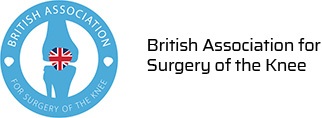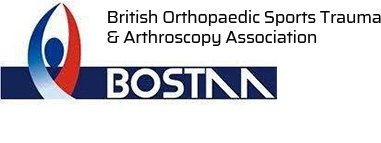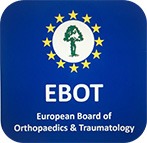Knee Arthroscopy
Knee Arthroscopy
Knee arthroscopy is a minimally-invasive surgical procedure performed for conditions such as a torn meniscus, torn anterior cruciate ligament, damaged articular cartilage and loose fragments of bone or cartilage.
Mr Taneja focusses solely on the knee joint in his practice and is a high volume knee arthroscopy surgeon.
What is Knee Arthroscopy?
Knee arthroscopy is a common surgical procedure performed using an arthroscope, a viewing instrument, to diagnose or treat a knee problem. You will usually be discharged from the hospital on the day of surgery.
Knee Anatomy
The knee joint is one of the most complex joints of the body. The lower end of the thighbone (femur) meets the upper end of the shinbone (tibia) at the knee joint. A small bone called the patella (kneecap) rests on a groove on the front of the femoral end. Another bone of the lower leg (fibula) forms a joint with the shinbone.
To allow smooth and painless motion of the knee joint, articular surfaces of these bones are covered with a shiny white slippery articular cartilage. Two C-shaped cartilaginous menisci are present in between the femoral end and the tibial end.
Menisci act as shock absorbers, providing cushion to the joints. They also play an important role in providing stability and load-bearing to the knee joint.
Bands of tissue, including the cruciate and collateral ligaments, keep the different bones of the knee joint together and provide stabilization to the joint. Surrounding muscles are connected to the knee bones by tendons. The bones work together with the muscles and tendons to provide mobility to the knee joint. The whole knee joint is covered by a ligamentous capsule, which further stabilises the joint. This ligamentous capsule is also lined with a synovial membrane that secretes synovial fluid for lubrication.
Indications for Knee Arthroscopy
The knee joint is vulnerable to a variety of injuries. The most common knee problems where knee arthroscopy may be recommended for diagnosis and treatment are:
- Torn meniscus
- Torn or damaged cruciate ligament
- Torn pieces of articular cartilage / loose fragments inside the knee
Knee Arthroscopy Procedure
- Two to three tiny incisions are made around the knee.
- Next, a sterile saline solution is injected into the knee to push apart the various internal structures, and provide a clear view and more room for your surgeon to work.
- An arthroscope, a narrow tube with a tiny video camera on the end, is inserted through one of the incisions to view the knee joint. This provides an excellent view of structures inside the knee joint such as the meniscus and anterior cruciate ligament, allowing diagnosis of any pathology as well as treatment.
The repair procedure may include any of the following:
- Removal or repair of a torn meniscus
- Reconstruction or repair of a torn cruciate ligament
- Removal of small torn pieces of articular cartilage
- Removal of loose fragments of bones
- Making small holes or microfractures near damaged cartilage to stimulate cartilage growth
After the repair, the knee joint is carefully examined for bleeding or any other damage. The saline is then drained from the knee joint. Finally, the incisions are closed with sutures or steri-strips, and the knee is covered with a sterile dressing.
Postoperative Care Following Knee Arthroscopy
You are most often discharged on the same day of your knee arthroscopy. Pain medicines are prescribed to manage pain. You may need a brace or crutches depending on the procedure performed . A rehabilitation program may also be advised for a successful recovery. Therapeutic exercises aim to restore motion and strengthen the muscles of the leg and knee.
Recovery after Knee Arthroscopy
Recovery after the surgery depends on the type of procedure performed. Recovery from knee arthroscopy is much quicker than from open knee surgery.









